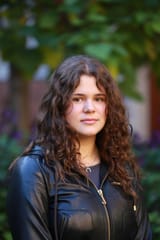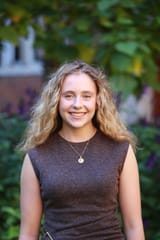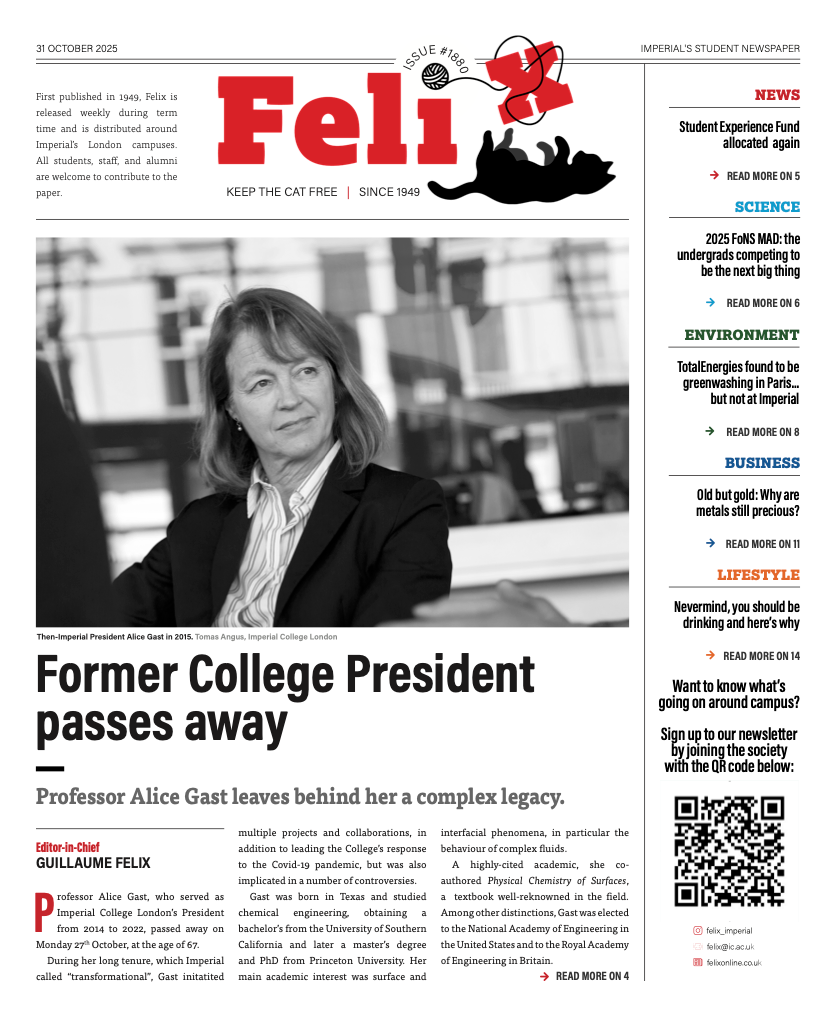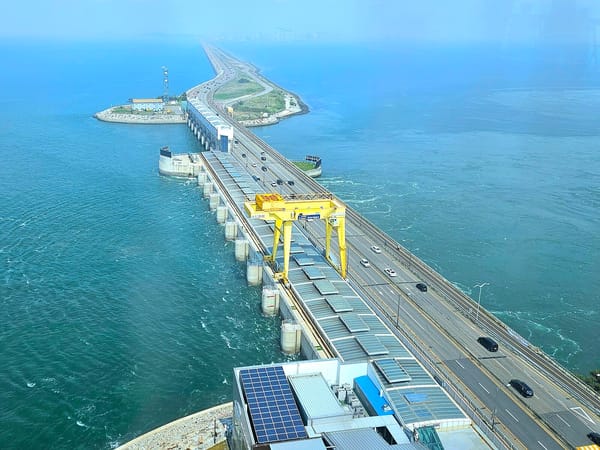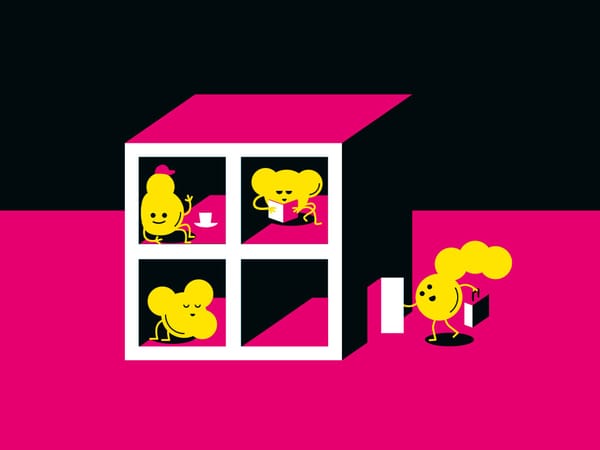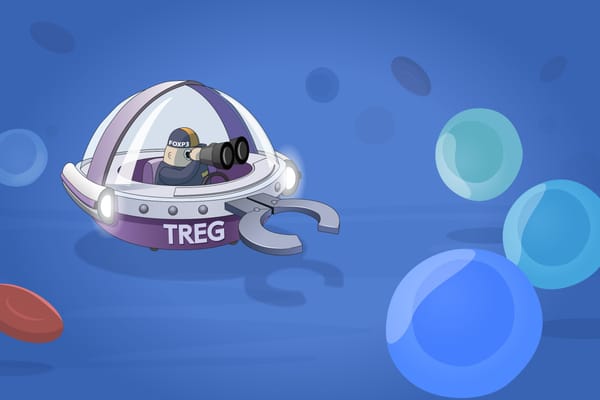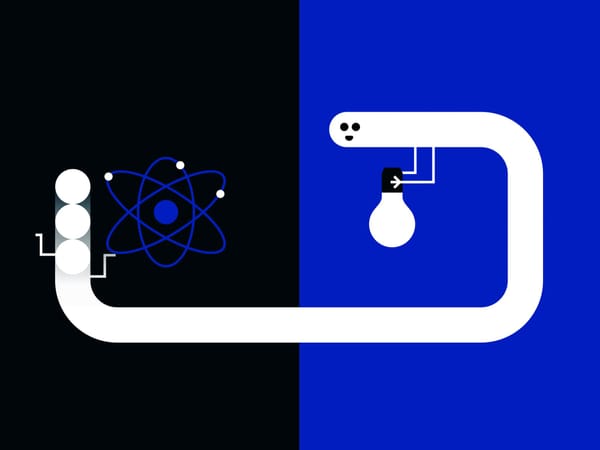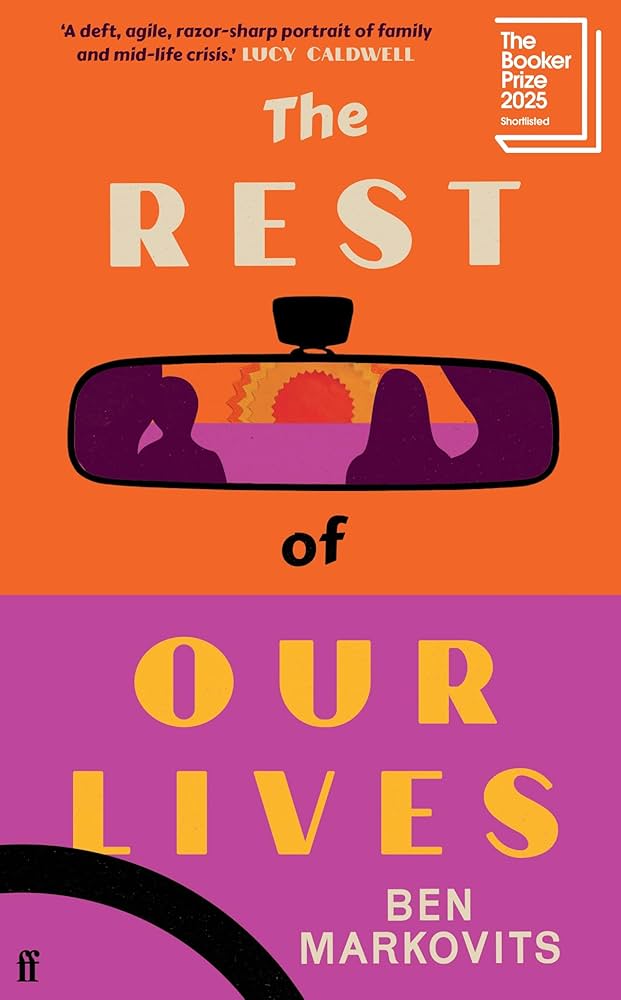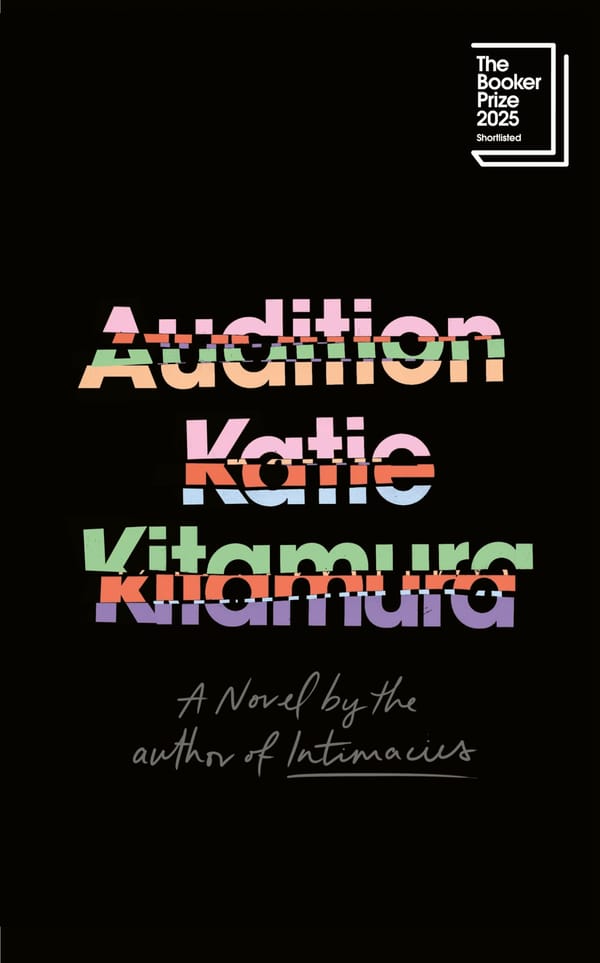FoNS-Make-A-Difference 2025: about the six finalist teams
The competition final hosted teams proposing innovative low-cost technologies with a positive societal impact, from Braille devices to at-home viral test kits.
Winners: D-view
Drone-based search-and-rescue system for earthquake survivors
D-View, created by Arda Kancal, from the Dyson School of Design Engineering, and Idil Igde, from the Department of Physics, won the Faculty of Natural Sciences Make-A-Difference (FoNS-MAD) competition. After the 2023 Turkey-Syria earthquake, the two Turkish students were moved to develop a practical and cost-efficient survivor detector device that utilizes machine learning to analyze seismic signals. “We grew up knowing that a big earthquake is coming,” Kancal told Imperial News.
When speaking about the biggest challenge phased throughout the competition, the team agrees that inaccessible data posed the largest complication: “The rubble pile medium is not something we can imitate in the lab or substitute by putting together different materials. So we reached out to many different NGOs, who very generously offered us their training sites once we explained our story and motivation. Imperial’s reputation was a strong help in arranging the visits to these sites”.
As competition winners with a £7000 grant and a potentially life-saving device, the team mentions discovering the power of never forgetting the “why” of it all is the most valuable takeaway from the FoNS-MAD experience: “to always take a step back and to remind yourself the reasons why you are pursuing your project, and the passion you hold.”
“We never lost our dedication because we never forgot why we started this start-up,” the team told Felix.
Runner-ups: ANA
Real-time brain activity now accessible through a wearable patch
Measuring brain waves via electroencephalograms (EEG) is as insightful as it is inaccessible and inconvenient for the vast majority of people who need them – but this could change.
ANA, a multidisciplinary team composed of Keeran Thayer, Szymon Ciba, and Brishti Miller, members from the Physics, Electrical and Electronic Engineering and Life Sciences departments, set off to design a wearable and discreet EEG patch linked to a machine-learning-based app to track real time brain activity. Reducing such complex technology to a low-cost, user-friendly product that offers actionable insights into mental health, focus and stress levels has earned this team the runner-up prize, £600.
The team highlights their gratefulness for having participated, particularly the creative freedom over their product and their enthusiasm for applying their degrees to a concrete challenge: “it was a great opportunity to use science and our degrees to a real-world application we feel close to. Having full autonomy and responsibility over what we were building was amazing.”
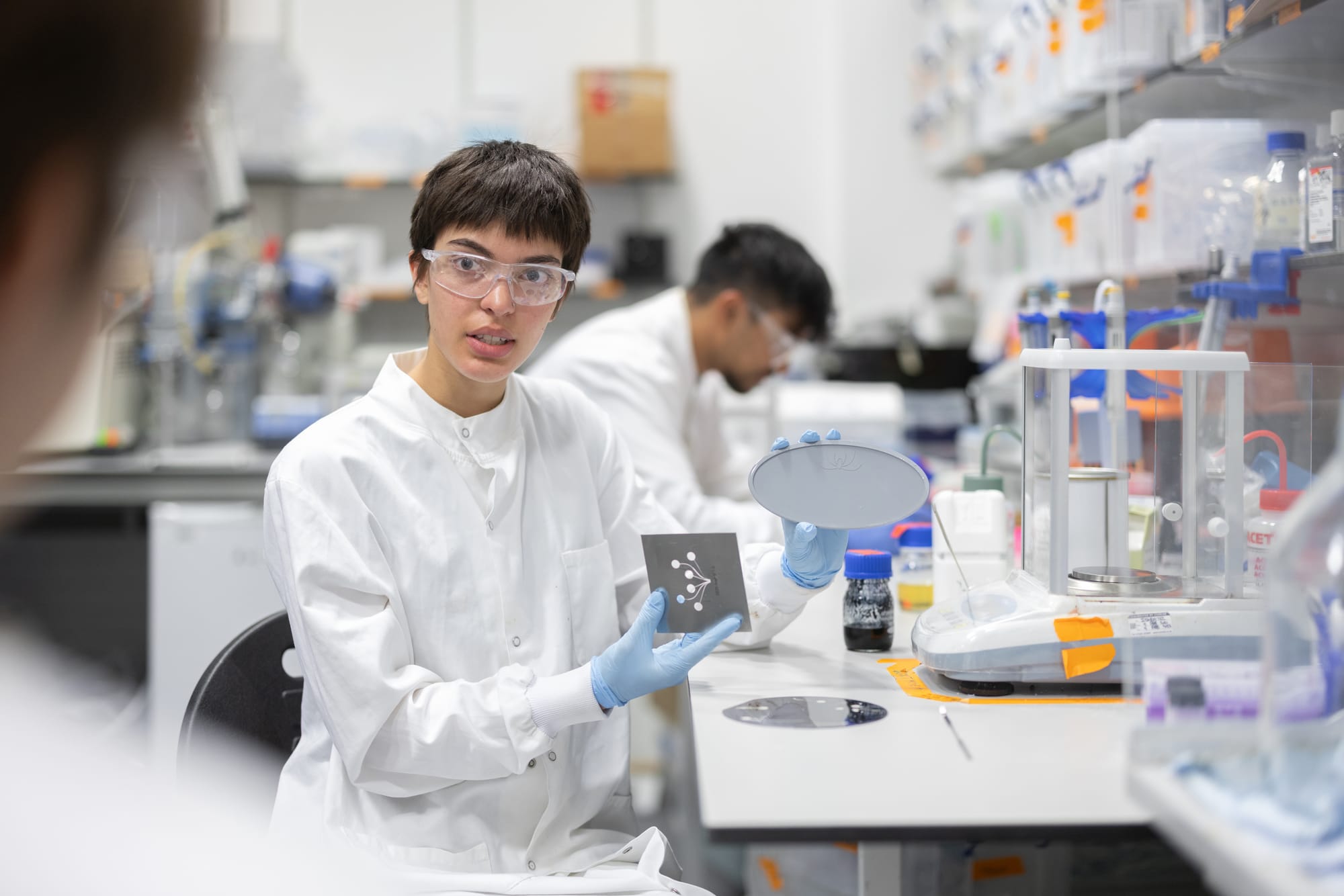
SacchroSense
Antibiotic misuse and overburdened GPs reduced with at-home viral test kit
Antibiotic resistance is one of the most pressing global health issues, largely stemming from treatment misuse through medical overprescriptions or patient self-diagnoses. Four Biochemistry students (Claire Shyle, Oliver Abraham, Amelia Barton, and Skanda Swaminathan) have developed an innovative, cheap, at-home solution: a whole-cell biosensor that detects respiratory viruses.
SacchroSense is based on synthetic yeast cells engineered to bind known viral markers and offer a user-friendly readout. The technology has the potential to help solve a global crisis, from individual patients to overburdened GP clinic.
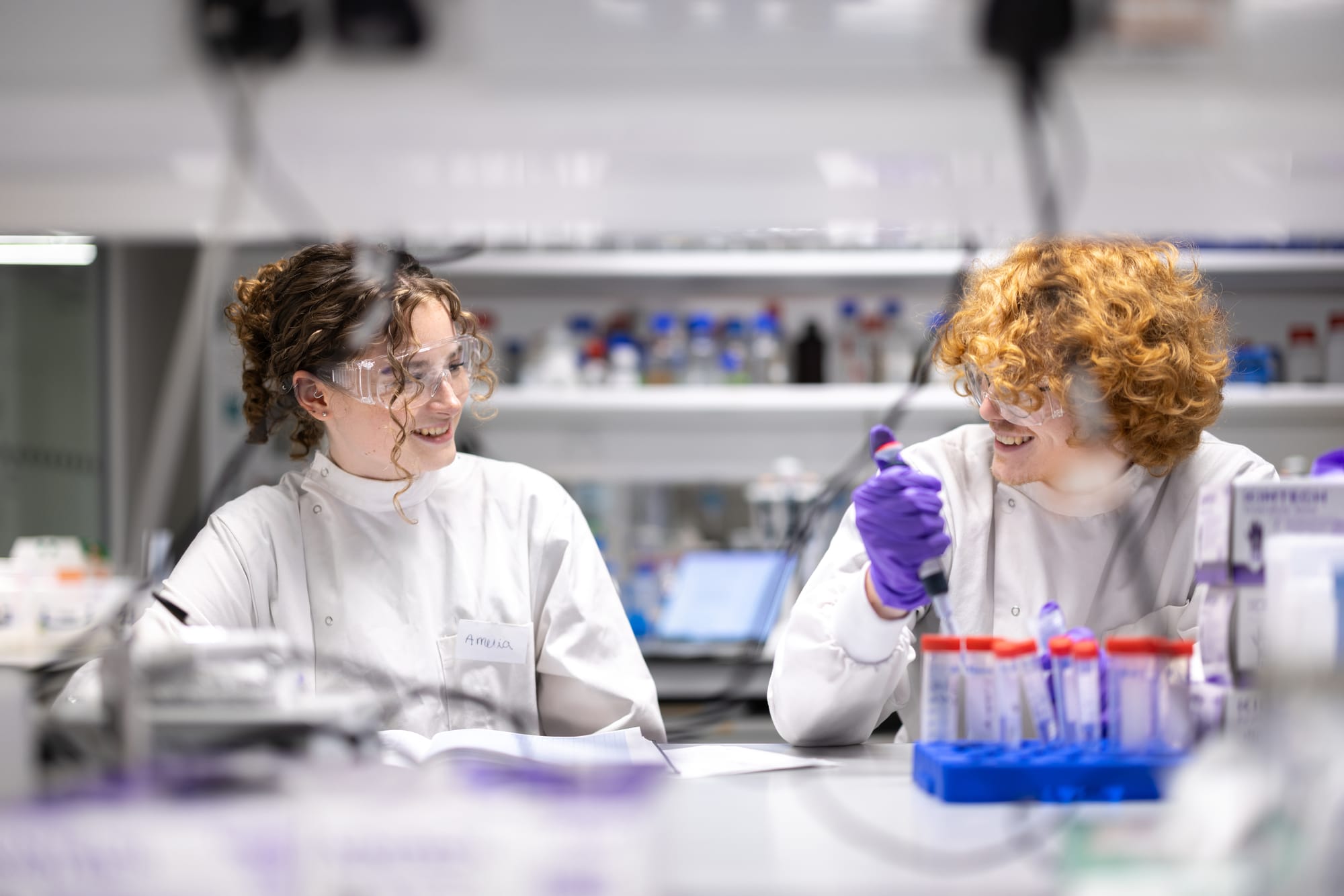
FlyeWheel
Prosthetic add-on device to improve pressure sensation
Although there have been major breakthroughs in prosthetics in the last century, the lack of sensory feedback for users generates many challenges in everyday life.
Four undergraduate students – Edwin Ko from the Department of Physics, Fiona Li and Joseph Birch from the Dyson School of Engineering, and Lucas Cheung from the Department of Physics – came together to improve prosthetics usage.
FlyeWheel’s device uses sensors on prosthetic fingers and a robotic armband that can inflate to stimulate pressure. This system can be retrofitted onto existing prosthetics, making their device non-invasive and cost-efficient.
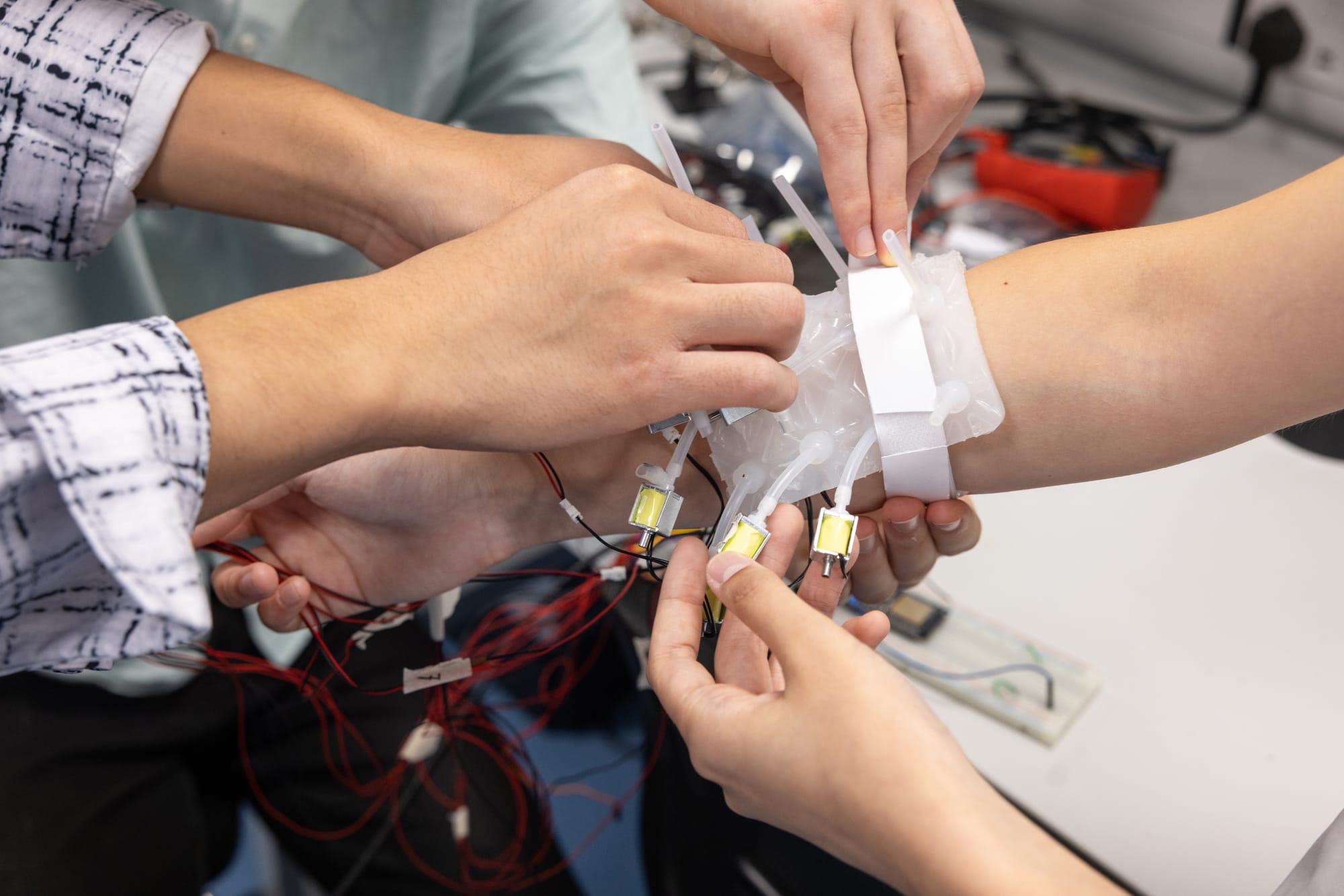
Sense++
Low-cost smart Braille tablet for enhanced computer interaction
With user-friendliness being a top priority for multinationals across all industries, increasing accessibility to those with impaired visual abilities is paramount. The massive cost of current Braille devices remains an important hindrance.
The Sense++ team have therefore designed a device that maintains accuracy and hugely reduces cost: their Braille tablet connects to digital devices and translates content, displayed by a novel pen-like pin mechanism.
This technology is combined with a software that detects the relevant content and allows for interactive experiences, reducing reading time compared to current solutions.
We saw first-hand the beauty of engineering. We considered the design of a simple click pen people use everyday, and repurposed it for our device
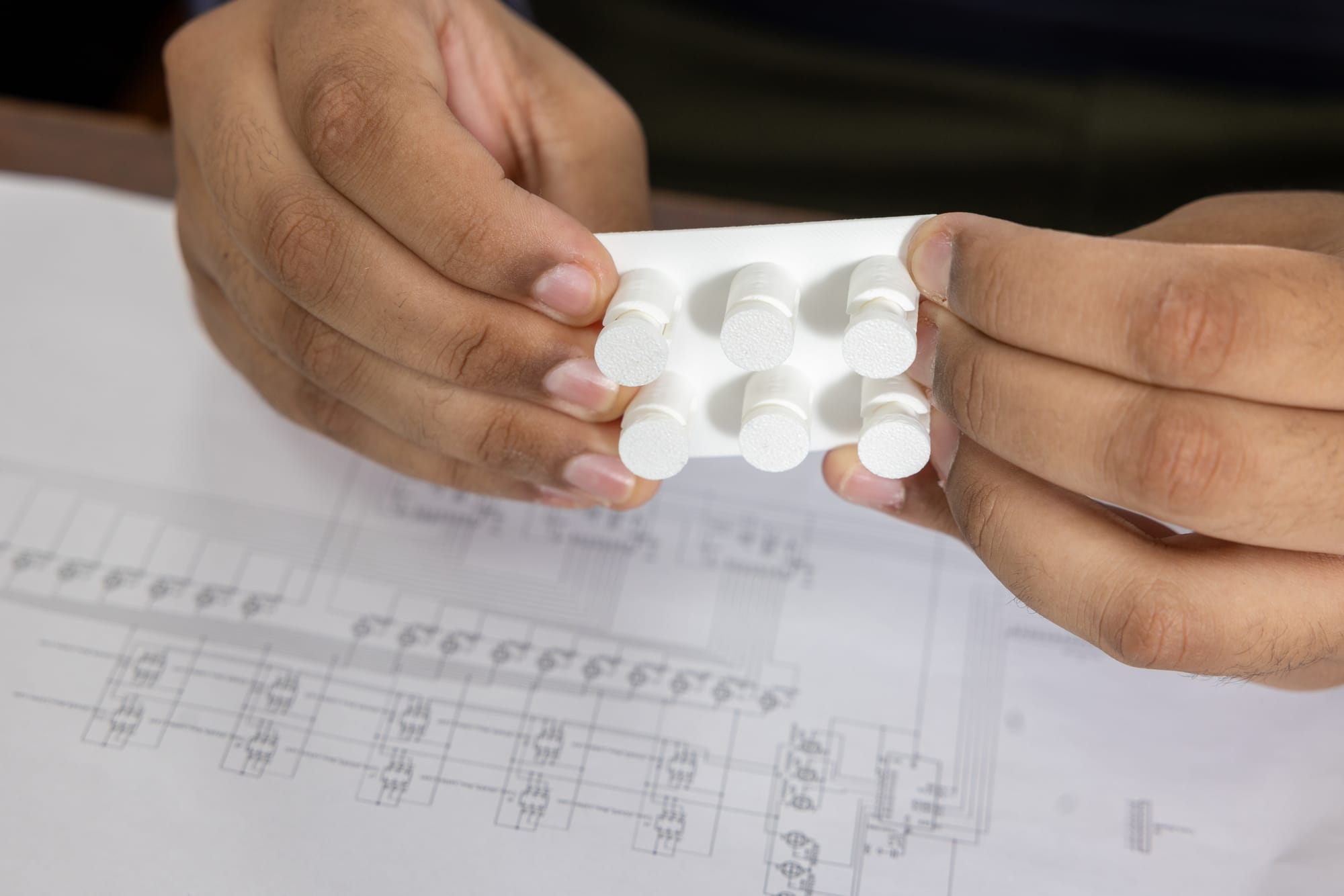
LaminaBio
Sustainable feedstock for engineered bacteria
Engineered E. coli have been used to produce human proteins since 1977, with applications in research, treatment development and even food and fuel production. The glucose these bacteria require for energy production is often sourced in non-sustainable ways. LaminaBio aims to leave glucose crops for human food production and feed these organisms using bacteria that can convert algae waste into glucose monomers.
Victor Carreras and Matthew Romero, from the Department of Life Sciences together with Quentin Trolliet (Department of Materials), have formed a team that hopes to convert laminarin (brown algae waste product) into usable glucose via E.coli genetic engineering and an innovative enzyme mix.

